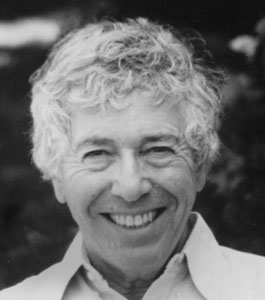Kenneth Koch’s book New Addresses follows a fresh blueprint, a road that is rarely followed in the world of poetry. His book’s memorable organizational style emphasizes the distinctive poem that it contains. As the reader catches on to the repetitive style of the letter poems in New Addresses, the beauty of the work exposes itself – as can be clearly seen in the complexity of the poem “To Yes.”
To begin, “To Yes” reveals some of itself only if the reader digs deep into the poem. When reading the poem, the reader may experience varied feelings, including confusion, along with considering new concepts. However, if the poem is broken down, the unfathomable can be partially converted into the fathomable. “To Yes,” the first poem in the book, is a letter poem. This poem is an apostrophe, addressed and written to the concept of “yes,” which is personified in the process. The poem is one stanza and is written in free verse. It is far from prose, however. It begins directly addressing the concept of “yes” in the second person, but digresses from this. What follows is a long middle section that explores the many uses of the word yes, and comes full circle in the end by addressing the concept “yes” personally once again. The central theme of the poem appears through questions, emerging eventually as a celebration of the affirmation and mystery of “yes.”
The poem begins with a description of the word yes, and adds question that can be answered with a yes or no. Throughout the poem, first and second person is used. This mode of address adds a feeling of familiarity with the reader, since it almost seems to put the reader into the shoes of the personified “yes.” The poem consists of 27 lines, and while it is not the longest poem in the book, it is convoluted yet elegant. The rapid-fire questions with unexpected answers keep the reader off-balance and searching for more explanation. For example, the line “Are you a Buddist? Maybe. A monsoon? Yes.” leaves one puzzled but enjoying the music of the language.
Linguistic devices help energize the poem. Though it is written in free verse, the poem still has rhythm incorporated. In the lines “Pamela bending before the grate/…I will meet you in Boston/At five after nine,” a distinct hint of anapest rhythm comes through. The repetition of “yes” throughout the poem, besides contributing to rhythm, adds a sense of expectation, of waiting for the positive response to the multiple questions posed. There is also a hint of rhyme, as “guess” and “yes” finish lines close to one another.
The personification of the word “yes” seems at once to bring the poem within reach, and yet take some things out of the realm of comprehension. The speaker of the poem even asks, “But what, Pamela, does that mean? Am I a yes/To be posed in the face of a negative alternative?” The mystery of the poem deepens through the search of the speaker for truth.


